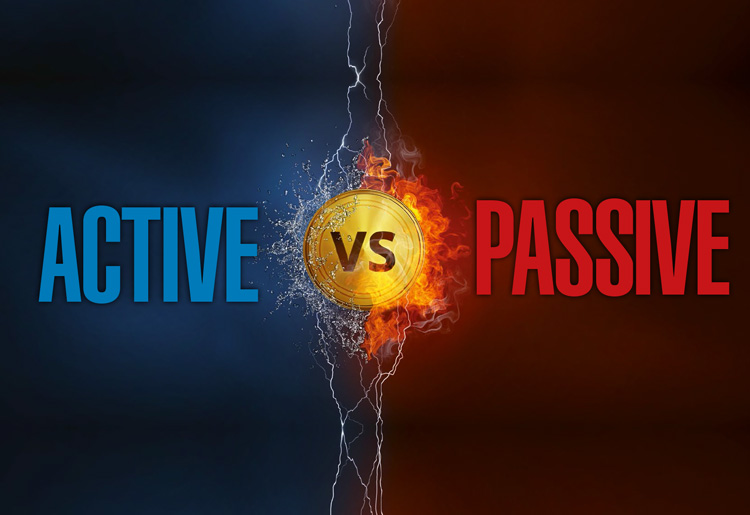Filip Slipaczek, who runs an independent financial practice looking after around £45m, said: “There is room for both investment strategies, but fundamentally it all comes down to what the client wants. “While we have actively promoted active management, most advisers have become increasingly lazy and outsourced [business]to discretionary fund managers and model portfolios,” he adds.
The proportion of US equities owned by passive funds is on its way to the 40% mark, according to recent statistics. Back in 2000, this figure was around 12%, but by 2012 it had risen to 25% and was just north of 35% in 2016.
Over recent years many private and institutional investors have bought exchange traded funds (ETFs) or mutual funds which track bond indices. These indices include a significant proportion of corporate bonds. Total assets in passive bond funds globally are estimated to be around $1trn. And, although this figure represents a fraction of central bank holdings, the passive component
of the bond fund universe is growing rapidly.
A study by S&P Dow Jones at the end of 2017 showed that around 90% of active equity managers underperformed their benchmarks over the last five and 15-years. For the latest one-year period, results were better with 44% to 63% underperforming their benchmarks. Performance depended on whether they were small, medium or large cap managers, but most of the underperformance
has been a result of higher active-management fees.
Further evidencing the growth of passive investing, this March the number of ETFs listed on the London Stock Exchange (LSE) broke the 1,000 barrier. Year-to-date (YTD) in 2018, 1,019 ETFs were listed in London,which represented a 14% increase on same period in 2017.
ETF turnover on the exchange stood at £27.6bn YTD as of 27 March 2018, equivalent to a 42% increase year-on-year. However, here it should be noted that the turnover is calculated only from the LSE’s order book. Investors such as pension funds in the fixed income market will have a target for bond purchases based on the exposure they require to match their liabilities. Should the price change after they have decided on the strategy, they can simply alter the amount they buy – i.e. more or less – of the asset.
Morningstar, which had more than $220bn in assets under advisement and management on September 30, 2017, has produced the Active/Passive Barometer, a semi-annual report that measures the performance of US active managers against their passive peers within their respective categories. It finds that actively managed funds have “generally failed to beat their benchmarks”.
Indeed, the mid-2017 Active/Passive Barometer published last August, which was co-authored by Morningstar’s Ben Johnson, CFA director of global ETF research, and Alex Bryan, director of passive strategies research, North America, bears this out.




